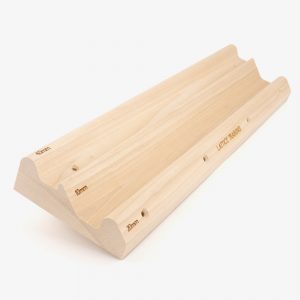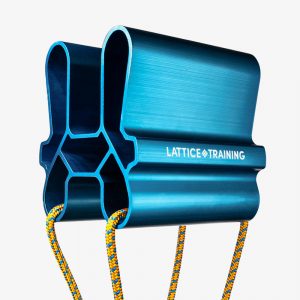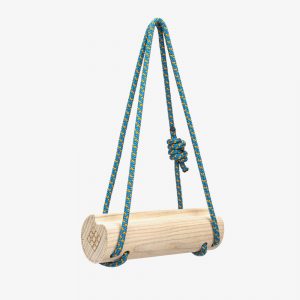Why Do We Experience Pain?
One of the harsh realities of being an athlete is that athletes get injured. Of course we all do our best to not get injured, but injuries do happen and along with those injuries comes pain. It’s important to note the distinction between pain and injury as they are very different. Pain does not always mean injury, and injury does not always mean pain. Quite often athletes will continue to experience pain after their injury has healed. By understanding a bit more about how pain works you can reduce the pain felt in these later stages and return to full capacity.
The way pain is created is that the body senses danger through nociceptors, which are essentially danger nerves. The body sends these danger signals up to the brain, and then the brain has to make a a decision about whether creating pain will help you to be safer.
The brain weighs the world outside and in, and if it feels that there is more danger than safety then it will produce pain. Likewise if your brain thinks that there is more safety than danger then there will be no pain.
Interestingly if the damage to the body is so severe that nothing you can do will improve it, (like having a leg blown off) then the brain won’t produce any pain. Which is fascinating! This shows that the pain system is a self defence mechanism which is designed to get us to act.
Perhaps that isn’t so applicable to us as climbers, but what is interesting is that our perceptions about what is going on in our body will have a huge impact on our pain experience. For example we can create a narrative in our minds about what we’ve done to our bodies without ever having our injuries diagnosed. This leads to fear, which leads to more pain, which in turn slows down the time it takes to feel back to full health.
There are loads of really fascinating studies which go over some of the strange intricacies of pain and how it can be reduced by simple things. One of the ways is to simply understand how the pain process works. Another is the language used around your injury. For example when you twist an ankle you never hear people say that they had a partial rupture of their ankle tendons, but this has become the norm in the climbing community and is quite a scary set of words which only serves to increase fear levels in athletes and thus increase pain levels.

The Biopsychosocial Model
The biopsychosical model of pain is a widely accepted model of how pain works, and as you can see from the picture, there’s quite a few factors that go into creating the pain experience. The biological part is what is actually happening in the body. The psycho and social parts of the equation make up two thirds of the model which shows that there is a huge amount that you can do to improve your pain experience outside of physical rehab.
All of the components in the psycho-social part create your beliefs about what you should experience. This can be memories of past experiences, your coach, your physio, your peers talking about their experiences and what they think you should or shouldn’t do, how you’re feeling that day, whether you’re tired and many other factors.
Many of these things we have control over, and we should take control if we’re going to make some good changes in your pain experience to help bring us back to the point where we can enjoy our sport fully once again.
To learn more about pain here are a couple of very good videos by pain scientist Dr Lorimer Moseley





